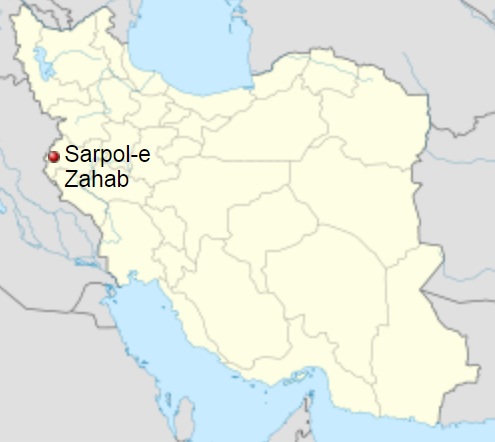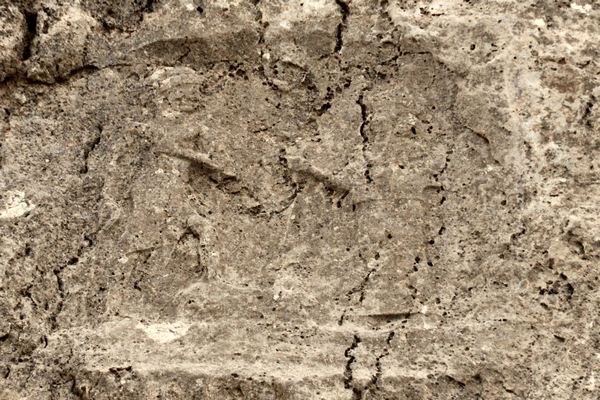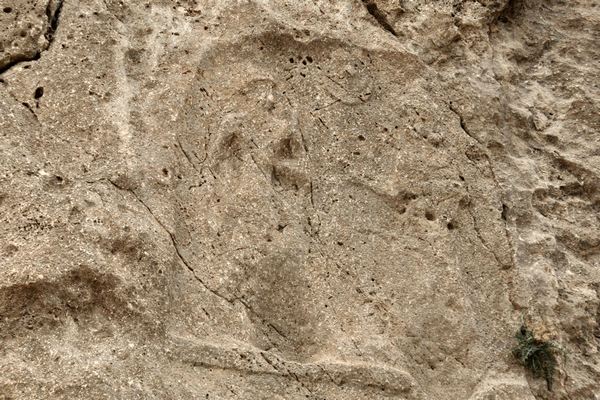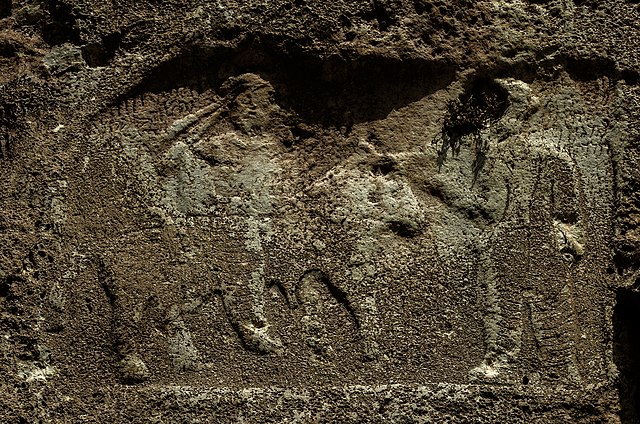
| SARPOL - E - ZAHAB
Sarpol - E - Zahab, Iran
Sarpol - E - Zahab Town Country
: Iran
Sarpol-e Zahab (Sarpole Zahâb; Kurdish: Serpêllî Zehaw, also romanized as Sarpol-e Z¯ahab, Sar-e Pol-e Z¯ahab, and Sar-i-Pul Zuhab; also known as Pol-e Z¯ahab, Sarpole-Zahab, Pol-e Z¯ohab, Sari-Pul, and Sarpol) is a town and capital of Sarpol-e Zahab County, Kermanshah Province, Iran, close to the Iraqi border. At the 2006 census, its population was 34,632.
Description
:
There are several rock reliefs from the Lullubian period in Sarpol-e Zahab. The town is also identified as the site of the ancient and medieval town of Hulwan.
The population of Sarpol-e Zahab comprises Kurds who speak the Kalhori, Gorani and Sorani (Jaf) dialects of Kurdish. The inhabitants are respectively adherents of Islam (both Shia and Sunni) and Yarsanism.
2017 earthquake :
Sarpol-e Zahab was one of the two major towns most seriously affected by the 2017 Iran–Iraq earthquake.
Reliefs
:
Lullubian
reliefs :
Sar-e Pol-e Zahab, relief I
Sar-e Pol-e Zahab, relief II: Anubanini rock relief
Sar-e Pol-e Zahab, relief III
Sar-e Pol-e Zahab, relief IV Parthian
relief :
The second relief, below the Anubanini relief, a Parthian relief
Drawing of the Parthian relief Source :
https://en.wikipedia.org/ |







